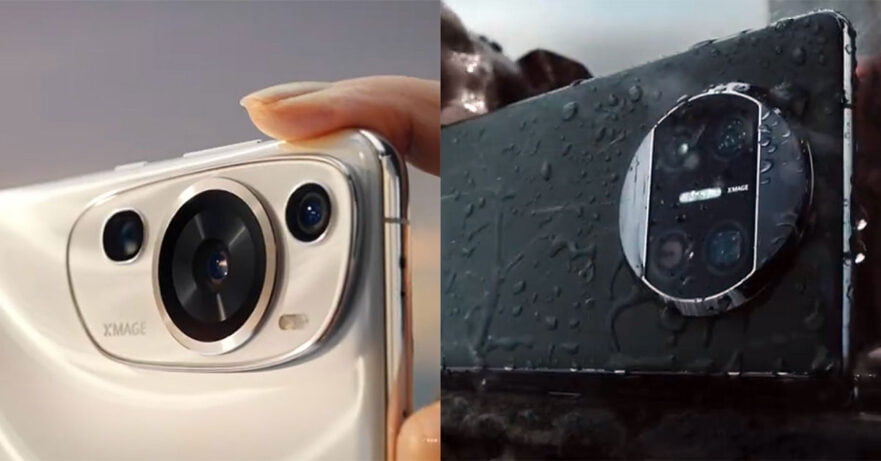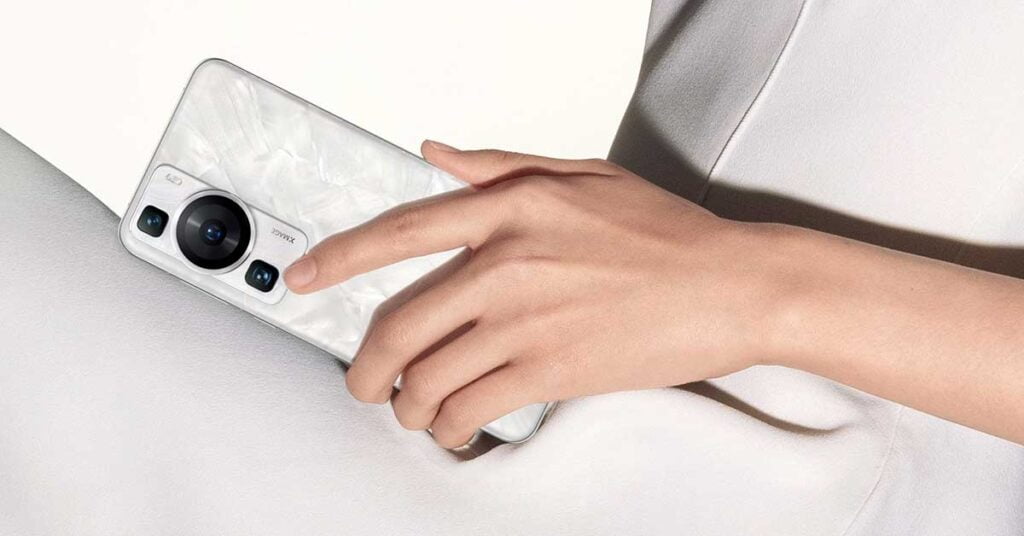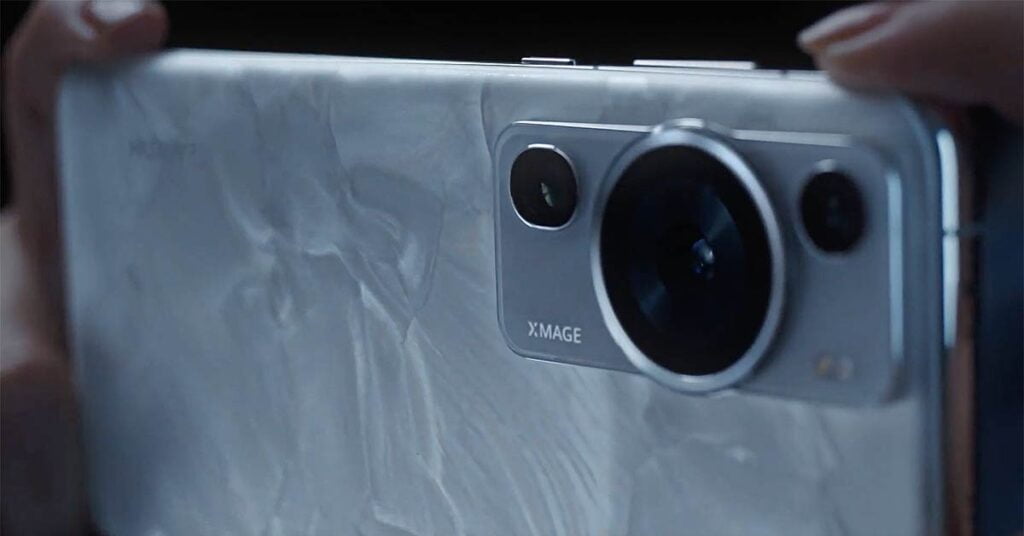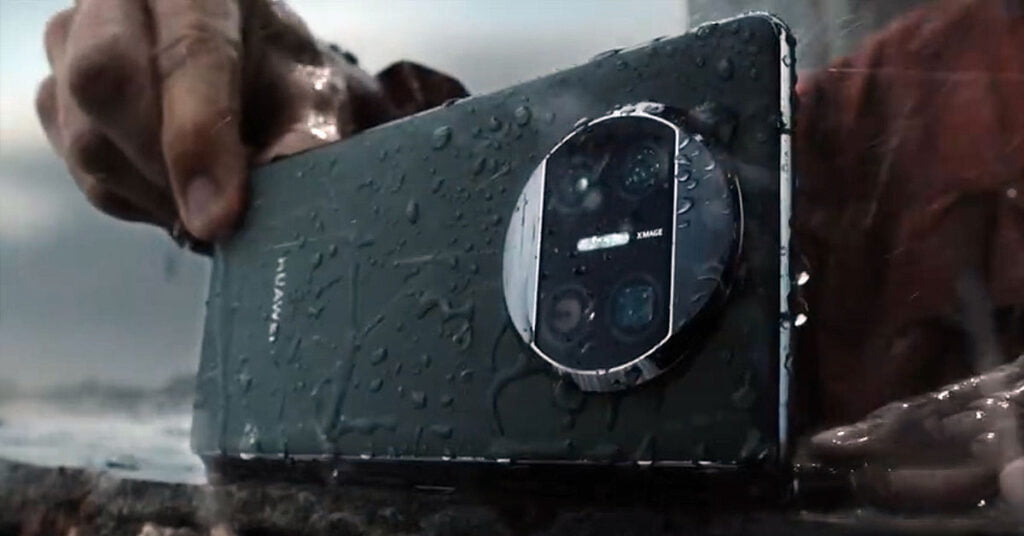As expected, Huawei announced its latest iteration of its mainstream flagship smartphone series today, March 23, at an event in China.
(Update, May 11: Watch the Huawei Mate X3 in action and find out why we think it’s one of the most interesting devices of its kind! We reveal its price in the Philippines, too. On a related note, the Huawei P60 Pro has landed in the Philippines with freebies worth up to P24,988 [$448]!)
(Update, May 4: Huawei Philippines has revealed the local launch date of the P60 Pro and Mate X3!)
And when the dust settled, we had three new smartphones — the vanilla Huawei P60, Huawei P60 Pro, and Huawei P60 Art, with the latter sporting an interesting island-shaped camera module on the back, a sharper 40-megapixel camera for ultrawide shots, and a 5,100mAh silicon-carbon negative battery for improved energy density. It ships in blue and gold colors, too, and comes with a 1TB storage variant.
SEE ALSO: How to download Google apps from the Huawei AppGallery and How to download Netflix, Spotify, Facebook, and Messenger from the Huawei AppGallery
Huawei also welcomed a new member of its foldable line, the Huawei Mate X3, which is arguably the most impressive device the company announced today. The successor to the Mate X2 is the first foldable phone with an IPX8 waterproof rating, a 5x periscope telephoto camera, and two-way satellite communication, so you can send and receive text messages in areas without wireless signal.
On top of that, the Huawei Mate X3 has been touted as the lightest and slimmest foldable phone on the market to date, measuring just 5.3mm when unfolded and weighing only 239 grams despite its IPX8 certification and 7.85-inch folding screen. There’s a Mate X3 Collector’s Edition as well, which boasts similar specs as the standard version, but arrives with a slightly larger and longer-lasting 5,060mAh battery.
The P60 series and Mate X3 will go on sale from April 7 in China with the following price tags:
- Huawei P60
- 128GB: ¥4,488 (around P35,707 or $657)
- 256GB: ¥4,988 (P39,685 or $730)
- 512GB: ¥5,988 (P47,641 or $877)
- Huawei P60 Pro
- 256GB: ¥6,988 (P55,597 or $1,023)
- 512GB: ¥7,988 (P63,553 or $1,169)
- Huawei P60 Art
- 512GB: ¥8,988 (P71,509 or $1,316)
- 1TB: ¥10,988 (P87,421 or $1,609)
- Huawei Mate X3
- 256GB: ¥12,999 (P103,421 or $1,903)
- 512GB: ¥13,999 (P111,377 or $2,049)
- 1TB Collector’s Edition: ¥15,999 (P127,289 or $2,342)
Huawei P60, Huawei P60 Pro, and Huawei P60 Art
Of course, the camera is still the highlight of the P60 series, with the regular model packing a 48-megapixel RYYB main sensor that sits behind a variable-aperture lens between f/1.4 and f/4.0, similar to what the Huawei Mate 50 Pro offers. The sensor is joined by 13- and 12-megapixel sensors for ultrawide and zoom shots, respectively.
And like the Mate 50 Pro, the latest Huawei smartphones arrive with the company’s XMAGE imaging platform with the XD Fusion Pro that can increase the phone’s light sensitivity and dynamic range. This allows the P60, for example, to capture more light than the iPhone 14 Pro Max, allowing the phone to capture brighter and more detailed low-light shots than Apple’s current flagship model.
Meanwhile, the P60 Pro boasts the same 48-megapixel RYYB camera with a variable aperture and 13-megapixel ultrawide option as the regular variant, but steps up to Huawei’s new 48-megapixel telephoto cam with an optically stabilized f/2.1 lens — an industry-first. On paper, this should give the Huawei P60 Pro a clear advantage over other phones when taking zoom shots in low light.
The Pro version also comes with a curved 6.67-inch LTPO display, as opposed to the P60’s similarly sized flat screen with rounded corners. Both devices come equipped with a 13-megapixel selfie camera and a 4,815mAh battery that supports 50-watt wireless charging, although the Huawei P60 Pro brings faster wired charging up to 88 watts compared to the vanilla model’s 66-watt charging solution.
Both models run the brand’s HarmonyOS 3.1 operating system on the 4G variant of the Qualcomm Snapdragon 8 Plus Gen 1 platform with up to 512GB of internal memory. Just like the Mate X3, they support two-way satellite messaging as well.
Huawei P60 specs
- 6.67-inch LTPO display, FHD+ resolution, 120Hz refresh rate, 1,440Hz PWM dimming, 300Hz touch sampling, 10-bit colors
- 4nm Qualcomm Snapdragon 8 Plus Gen processor with 4G
- Adreno 730 GPU
- 8GB LPDDR5 RAM
- 128GB/256GB/512GB storage
- Triple 48-megapixel main with variable-aperture lens, 13-megapixel ultrawide, 12-megapixel periscope telephoto rear cameras
- 13-megapixel front camera
- Under-display fingerprint reader
- 4,815mAh battery with 66-watt fast wired charging, 50-watt fast wireless charging
- HarmonyOS 3.1
- IP68 rating
- Colors: white, purple, black, green
Huawei P60 Pro specs
- 6.67-inch curved LTPO display, FHD+ resolution, 120Hz refresh rate, 1,440Hz PWM dimming, 300Hz touch sampling, 10-bit colors
- 4nm Qualcomm Snapdragon 8 Plus Gen processor with 4G
- Adreno 730 GPU
- 8GB/12GB LPDDR5 RAM
- 256GB/512GB storage
- Triple 48-megapixel main with variable-aperture lens, 13-megapixel ultrawide, 48-megapixel periscope telephoto with f/2.1 lens rear cameras
- 13-megapixel front camera
- Under-display fingerprint reader
- 4,815mAh battery with 88-watt fast wired charging, 50-watt fast wireless charging
- HarmonyOS 3.1
- IP68 rating
- Colors: white, purple, black, green
Huawei P60 Art specs
- 6.67-inch curved LTPO display, FHD+ resolution, 120Hz refresh rate, 1,440Hz PWM dimming, 300Hz touch sampling, 10-bit colors
- 4nm Qualcomm Snapdragon 8 Plus Gen processor with 4G
- Adreno 730 GPU
- 12GB LPDDR5 RAM
- 512GB/1TB storage
- Triple 48-megapixel main with variable-aperture lens, 40-megapixel ultrawide, 48-megapixel periscope telephoto with f/2.1 lens rear cameras
- 13-megapixel front camera
- Under-display fingerprint reader
- 5,100mAh battery with 88-watt fast wired charging, 50-watt fast wireless charging
- HarmonyOS 3.1
- IP68 rating
- Colors: blue, gold
Huawei Mate X3
The Huawei Mate X3 features a 6.4-inch cover screen and a folding inner panel that measures 7.85 inches diagonally. The external display uses LTPO technology, but both screens offer a 120Hz refresh rate as well as 1,440 Hz high-frequency PWM dimming, which is easier on the eyes.
There’s a 50-megapixel primary camera at the back, accompanied by a 13-megapixel ultrawide cam and a 12-megapixel periscope telephoto option with f/3.4 aperture and OIS. The zoom camera supports up to 5x optical zoom and 50x digital zoom and catches up to what many traditional high-end phones offer in the camera department.
Inside, the Mate X3 is powered by a Qualcomm Snapdragon 8 Plus Gen 1 processor with a 4G modem instead of a 5G one. The foldable phone-tablet hybrid also houses a 4,800mAh battery and supports wired and wireless charging solutions up to 66 watts.
Huawei Mate X3 specs
- 6.4-inch LTPO display, FHD+ resolution, 120Hz refresh rate, 1,440Hz PWM dimming, 300Hz touch sampling, 10-bit colors
- 7.85-inch folding inner OLED screen, 2,496 x 2,224 resolution, 1,440Hz PWM dimming, 240Hz touch sampling, 10-bit colors
- 4nm Qualcomm Snapdragon 8 Plus Gen processor with 4G
- Adreno 730 GPU
- 12GB LPDDR5 RAM
- 256GB/512GB/1TB storage
- Triple 50-megapixel main, 13-megapixel ultrawide, 12-megapixel periscope telephoto rear cameras
- 8-megapixel front camera
- Under-display fingerprint reader
- 4,800mAh/5,060mAh battery (Collector’s Edition) with 66-watt fast wired charging, 50-watt fast wireless charging
- HarmonyOS 3.1
- IP8 rating
- Colors: white, black, purple, green, gold
Share this Post







